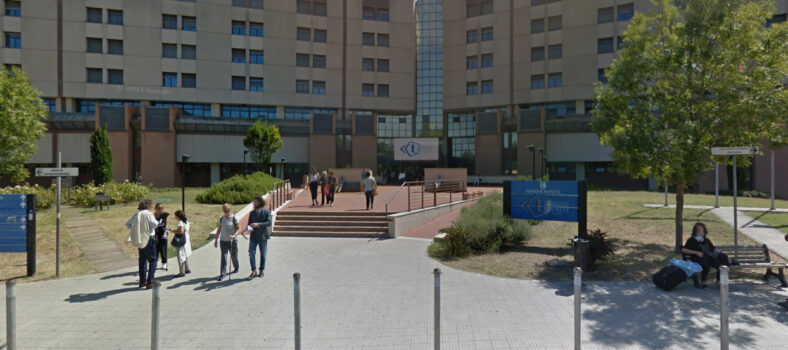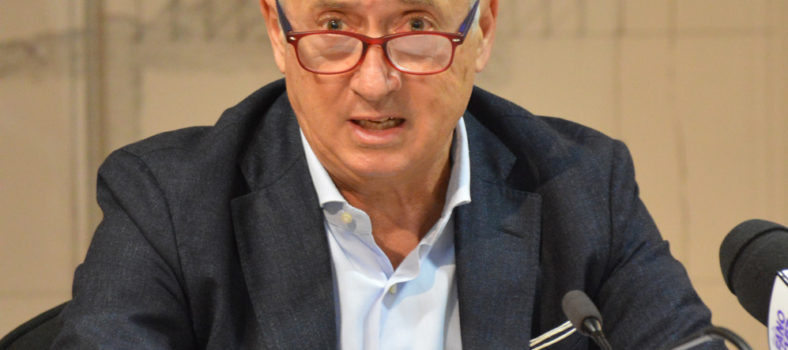E’ stato pubblicato oggi sulla prestigiosa rivista scientifica Nature Medicine un importante lavoro di Mirko Paiardini (e altri) sul ruolo di farmaci biologici nel trattamento delle infezioni da HIV-1.
Mirko Paiardini, attualmente alla Emory University (USA) oltre ad essersi laureato a Urbino e avervi svolto il dottorato di ricerca, è anche attualmente visiting professor alla Carlo Bo. Nel paper sono inclusi anche Barbara Cervasi (altra biologa laureata in Urbino) e Luca Micci (un altro laureato in biotecnologie) oltre al professor Guido Silvestri, nato a Senigallia e anch’egli docente alla Emory, che nel novembre scorso ha inaugurato il 514° anno accademico di Uniurb ed è promotore assieme a Roberto Burioni del “Patto trasversale per la scienza”
I dettagli della rilevante scoperta vengono descritti nel seguente comunicato originale della
Emory University:
BREAKING /
- Liti e botte in un locale a Urbino, licenza sospesa per 15 giorni
- URBINO, LUNEDÌ 31 MARZO A TEATROLTRE MDLSX DI MOTUS CON SILVIA CALDERONI
- LA REGIONE PONE IL VINCOLO AMBIENTALE PER L’AREA DI RICECI E MONTEFABBRI
- “STOP GNL”, su PESARO (Zona Tombaccia) INCOMBE UN GRANDE E PERICOLOSO PROGETTO 24-3-2025″
- Montefabbri (PU): ciclisti in mountain bike trovano circa un chilo di cocaina in un’area boschiva.
- Il sindaco di Urbino ha revocato le dimissioni. Comunicato stampa del primo cittadino
- Crisi in Comune di Urbino, si dimettono i consiglieri del gruppo Urbino RinasciMenti
- Al via gli scavi per il nuovo Polo dell’Emergenza all’Ospedale di Urbino
- Pesaro e Urbino ancor più vicine, Biancani e Vimini incontrano Gallo: «Al lavoro per riaprire Rocca Costanza e per prendere in gestione il fossato, già dalla primavera 2025»
- Beko: lo stabilimento di Comununanza proseguirà le attività





No Comment